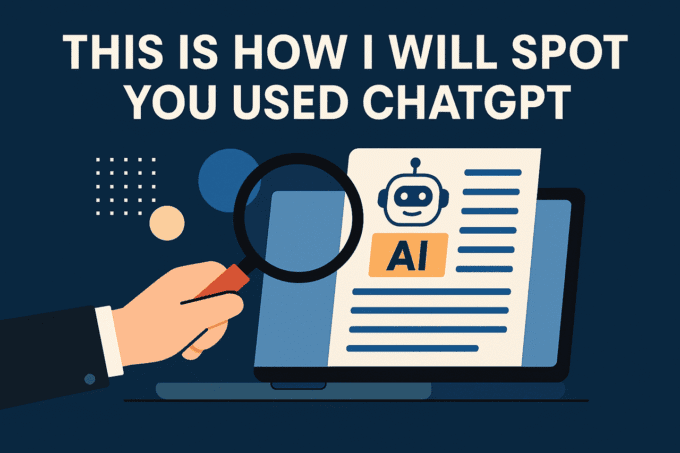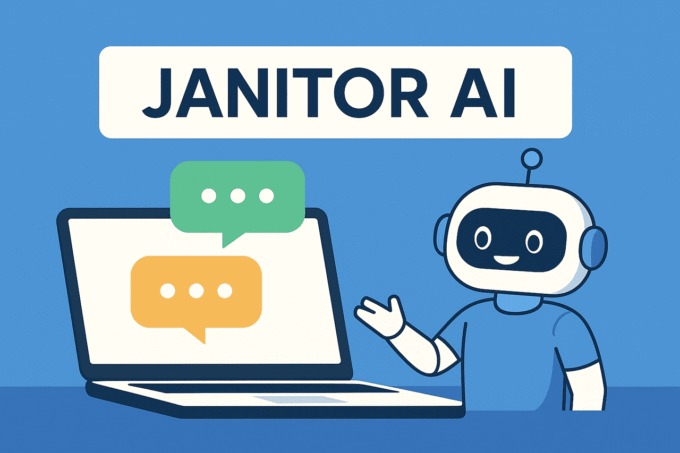There is one question you have to ask before you hit publish on any AI written article: would a human trust this if they read it right now? That is the simple test. If the answer is no, then you should not publish it. It does not matter how long it is, how many keywords are inside, or how fast it was generated. If it fails that gut check, you will lose credibility with both readers and search engines.
This single idea saves businesses from embarrassing themselves with AI content that looks polished but falls apart under real scrutiny. Let’s walk through why this matters and how to actually test your AI articles before they go live.
Why AI Content Needs Human-Level Quality Standards
What makes AI content publishable?
AI content is publishable when it is accurate, original, and written in a way that feels human. Readers expect trustworthy information, not robotic filler. Your AI article must meet the same standards as human writers: clear explanations, proper sources, and a voice that connects with the audience.
Does Google penalize AI content?
Google does not penalize AI content just because it is made by AI. It penalizes low quality, spammy, or unhelpful articles. If your AI writing meets Google’s EEAT standards (Expertise, Experience, Authoritativeness, Trustworthiness), it can rank. If it fails those standards, it will struggle.

The AI Article Quality Framework (Checklist + Examples)
Here is a four-part framework you can use to run your own “simple test” before publishing.
Step 1 – Accuracy and Fact-Checking
AI writing often makes up facts or “hallucinates.” That means it produces names, statistics, or quotes that do not exist. To prevent this:
- Verify every fact with a trusted source.
- Use tools like Google Scholar or FactCheck.org.
- Double check numbers and citations.
For example, if your AI article says “40 percent of businesses use AI for content creation,” you must track down the original research. If you cannot confirm it, remove it.
Step 2 – Originality and Plagiarism Prevention
Search engines punish duplicate content. Even if AI did not copy word for word, its training may create phrases that resemble other articles. Use tools like Originality.ai or Copyscape to check. Readers want fresh takes, not recycled language.
A simple way to test originality: paste one sentence from your AI article into Google. If the same phrase appears across multiple sites, rewrite it.
Step 3 – Readability and Human Experience
AI content often sounds stiff or repetitive. Run it through a readability test like Flesch-Kincaid. Aim for an eighth grade reading level. Then have a human editor read it out loud. If it sounds robotic or confusing, it fails.
Signs of poor readability:
- Long sentences stacked together.
- Overuse of certain words.
- A tone that does not match your brand voice.
Step 4 – SEO Optimization and Compliance
An AI article should be useful for readers first, then optimized for search. Make sure:
- Title includes the main keyword.
- Meta description is written for clicks, not just stuffed with keywords.
- Headings use natural long-tail keywords.
- Internal links point to related content.
Pro tip: Write for humans first. If your content is helpful, SEO tends to follow.
Bonus: 15+ Writing Tools You Need for Your Blog
Common Questions People Ask About AI Article Publishing
What simple test should I use before publishing an AI article?
Ask yourself: would a human trust this information and find it useful? If the answer is no, it should not be published. That is the simple test.
How do I know if my AI generated article is good enough to publish?
Check for accuracy, originality, readability, and SEO compliance. If it passes those four checkpoints, it is good enough to publish.
How can I check if my AI article will hurt SEO rankings?
Run it through an SEO checklist. Look for duplicate content, poor structure, missing keywords, and lack of sources. If any are missing, it will hurt rankings.
What tools test AI generated content quality automatically?
Tools like Originality.ai, Surfer SEO, Grammarly, and Hemingway help test AI content. They score readability, originality, and keyword optimization.
How do I fix AI content that fails quality checks?
Rewrite sections that are inaccurate, vague, or generic. Add real examples, proper citations, and a natural tone. Use AI only as a draft, not the final word.
Which is more reliable: human editing vs AI detectors?
Human editing is more reliable. AI detectors can miss errors or falsely flag content. A skilled editor can fix clarity, tone, and accuracy.
What questions should I ask before deciding to publish an AI article?
Ask: Is it accurate? Is it original? Does it sound natural? Does it meet EEAT standards? If you cannot answer yes to all four, do not publish.
How to test AI content for originality before publishing?
Run it through plagiarism checkers like Copyscape or Originality.ai. Then manually Google random sentences to check for duplicates.
Can AI articles meet EEAT standards?
Yes, but usually with human help. Add personal expertise, author bios, citations, and authoritative references to make it trustworthy.
What is the best workflow for reviewing AI-generated blog posts?
- Generate draft with AI.
- Fact-check and verify sources.
- Run originality test.
- Edit for clarity and tone.
- Optimize for SEO.
- Publish with human oversight.
Benefits of Testing AI Articles Before Publishing
- Builds trust with readers.
- Reduces risk of misinformation.
- Improves SEO rankings.
- Protects your brand from embarrassment.
- Creates consistent quality across content.
Publishing AI content without testing is like sending out a product without quality control. The risk is higher than the reward.
Risks of Publishing AI Content Without Testing
Can AI articles damage brand trust?
Yes. If your readers catch fake facts, bad grammar, or copied content, they will stop trusting you. Even one low-quality AI article can harm your reputation.
Other risks include:
- Lower search engine rankings.
- Potential copyright issues.
- Spreading misinformation.
- Losing credibility with clients or customers.
- Negative brand reputation if plagiarism is detected
Tools and Frameworks for Testing AI Articles
Here are some popular tools you can use:
- Grammarly for grammar and clarity.
- Hemingway Editor for readability.
- Originality.ai for plagiarism and AI detection.
- Surfer SEO for keyword optimization.
- FactCheck.org or Google Scholar for fact verification.
- Copyscape for duplicate content
- Manual fact-checking with Google Scholar or credible sites
Frameworks like EEAT and the AI content quality checklist help structure your review process.

Step-by-Step Strategy to Test and Publish AI Content Safely
- Draft with prompts and content brief
Give AI a detailed outline so it stays focused. - Apply the simple test
Ask: would a human trust this? - Check accuracy, originality, and readability
Use fact checkers, plagiarism tools, and readability apps. - Edit with a human review
Add examples, fix tone, and improve clarity. - Optimize for SEO
Add headings, internal links, and keywords naturally. - Publish with transparency
If AI was used, disclose it honestly.
Privacy, Security, and Legal Implications
Publishing unchecked AI content can open legal problems. If AI copies someone’s work, you may face copyright claims. If AI spreads misinformation, you could lose credibility or even face lawsuits in sensitive industries like health or finance.
Always check for:
- Copyright ownership.
- Plagiarism risks.
- Ethical use of AI.
- Transparency in authorship.
Best Practices and Actionable Tips
- Never publish raw AI output.
- Always run the simple test: would a human trust this?
- Use a mix of tools and human editing.
- Maintain EEAT standards with real sources and expert quotes.
- Keep readability at an eighth grade level.
- Use structured data and FAQs for SEO.
Future of AI Content Publishing
AI writing will keep improving, but so will search engine standards. Google, ChatGPT, and Perplexity will reward content that is accurate, useful, and trustworthy. Expect more tools to test AI articles in real time.
Regulation will also grow. Companies may soon be required to disclose AI authorship. Quality testing will move from “nice to have” to mandatory.
Final Thoughts: If It Doesn’t Pass, Don’t Publish
The truth is simple. If your AI article can’t pass the basic test of trust, accuracy, originality, and readability, then it should never go live. Readers and search engines care about quality, and this one test helps you protect both. So always remember, if your AI article can’t pass this simple test, don’t publish it.




